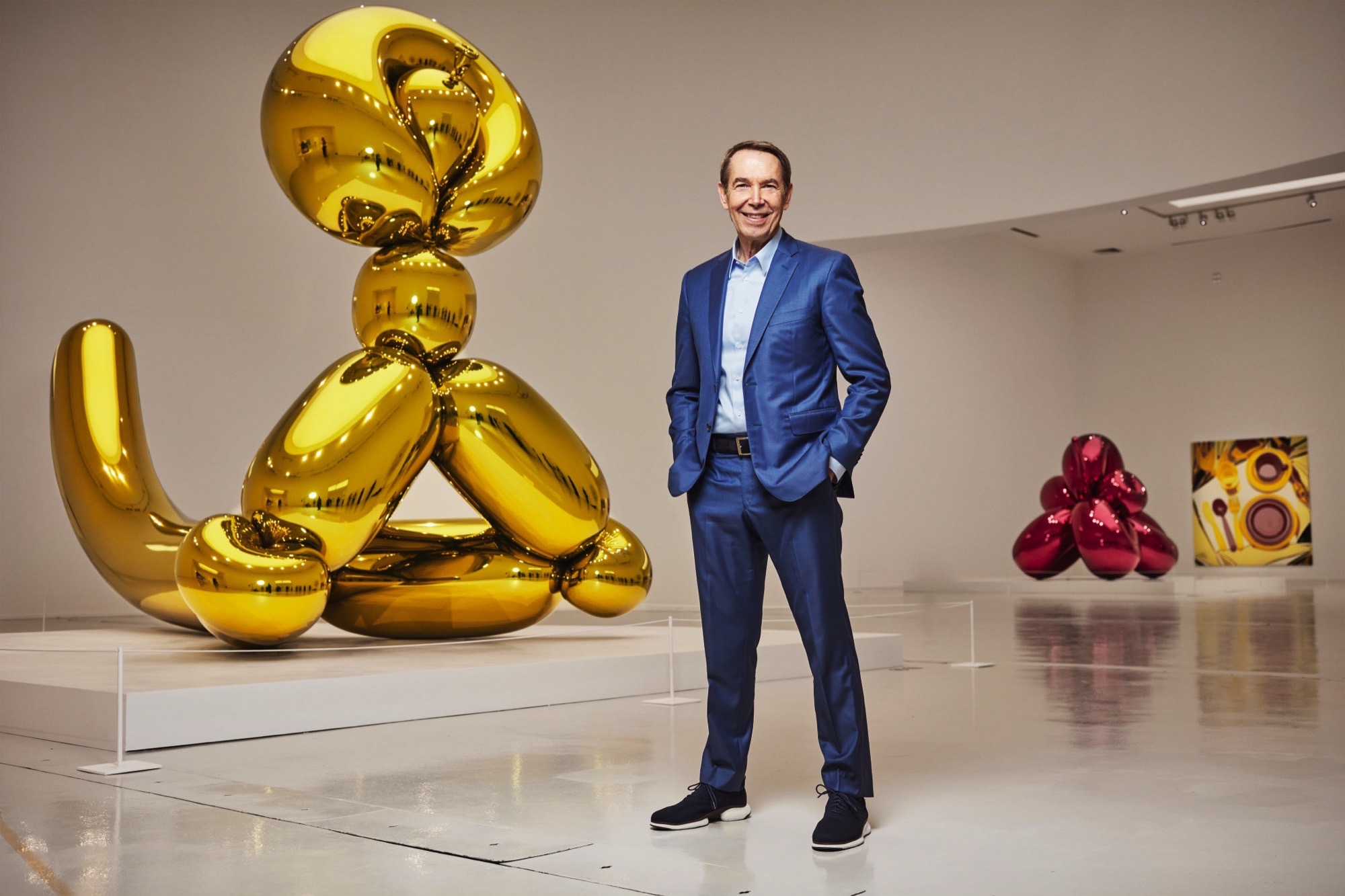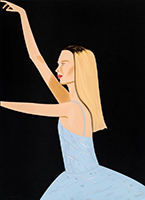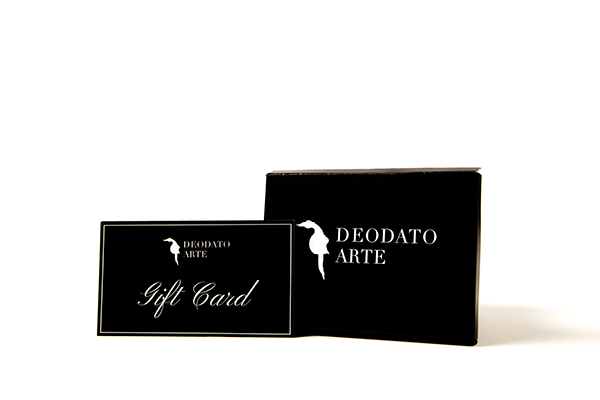
The intention to invest in the art world comes with a great deal of changing information, unfamiliar terms, and market statistics that are not easy to understand.
However, the first - and fundamental - aspect to consider to start investing in the art market is the type of artist to invest in.
Artists can be classified using different parameters: by style, by the artistic movement they belong to, or by the impact they have or do not have within art history.
First of all, to understand what type of investment we want to make, it is essential to know the position of an artist in the market. For this reason, we list the difference between emerging artists, established artists, and blue chip artists, which is beneficial to help to invest in art!
Who are emerging artists?
Identifying who emerging artists are is complex, but it can also be very lucrative!
Think about who bought works by Jeff Koons or Banksy when they were not yet so well-known artists and when their market value was not as high as it is today; in fact, they were emerging artists years ago too!
If you decide to invest in emerging artists, one of the most important things to do is definitely to turn to Contemporary Art Galleries. Especially the latter invest time and financial resources in new artists, helping them to emerge and make a name for themselves in the art market.
Searching for the art gallery most akin to one's taste is certainly a good starting point. Between modern art, contemporary art, street art, and classic art there are many possibilities and with the help of experts in the field, it is possible to look for new talent to invest in.
Why invest in emerging artists
Among the many advantages of investing in emerging artists, we should not forget that:
- The cost of the works is affordable, thus allowing anyone to become an art collector;
- If the artist you have decided to invest in starts exhibiting in international museums, the value you have invested will double (or more);
- You have the opportunity to actively contribute to and support the growth of an artist.
Deodato Arte and emerging artists
Deodato Arte Gallery actively invests in emerging artists and young talent: alongside established and Blue Chip artists, the gallery boasts also 'lesser known' but no less surprising personalities.
The Deodato Arte gallery has been one of the most established art galleries in Italy for years. Being well-known for Street Art undoubtedly means investing in the search for new talent. For instance, some of the emerging (but now well-established) street-art artists the gallery has decided to invest in are Tvboy and Mr. Savethewall.
Tvboy is undoubtedly one of the most irreverent artists on the scene. One of the series that most characterizes his style is the series of kisses depicting two opposed characters; among the murals that have caused a stir we find the kiss between Matteo Salvini and Luigi Di Maio in 2019 and more recently the kiss between Matteo Salvini and Giorgia Meloni, but there are also works in which characters such as Messi and Ronaldo or the Pope and Donald Trump exchange the tender gesture.
On the other hand, Mr. Savethewall is very attentive to sustainability! The artist, who also became famous for his frogs in the Kiss Me series, works exclusively in the studio as he has declared himself against the defacement of public walls - hence the name which means "Mr. Save The Wall". His light but biting irony toward contemporary society makes his works a must-have among collectors.
Street Art aside, we find Pop artists with a very personal style such as José Molina and Daniele Fortuna.
José Molina's works have already entered numerous Italian institutions such as the Milan Triennale and the Reggia di Caserta. With the series A Hero Never Dies, Molina embraces bright colors: inspired by light-heartedness, the artist decides to use the faces of masterpieces of Western art or famous and prominent people in the plastic Lego characters.
A return to the past with a Pop vision: this is how we can define Daniele Fortuna's works, which succeed in creating an imaginary bridge between past and present. A master of woodworking, his works were immediately successful, making his Colormination, as the artist defines his color contamination, instantly recognizable and already iconic.
Established artists
On the other hand, established artists have an unmistakable national and international reputation in the art world. Both primary and secondary markets sell the artworks of this type of artist.
Generally, artists of this type have a well-known style and 'signature': they have a body of relevant works behind them, which has secured a spot in permanent collections of famous institutions, and they are highly appreciated among collectors.
Why invest in established artists
Investing in established artists can be very profitable in many respects:
- The international demand for the works of these artists is constantly increasing;
- Exceptional investment opportunities at a more moderate cost than for Blue-Chip artists can be made;
- Returns on the works of established artists are more speculative than those of Blue-Chip artists but less volatile than emerging artists.
And who are the blue-chip artists?
The term Blue Chip originates from gambling, and more precisely from Poker: it indicates the chip with the highest value. Later it was used on the stock exchange to indicate companies with high share capitalization, i.e. companies whose market value given by the total value of the company's shares is among the highest.
Today, the term is also commonly used within the art world to refer to so-called Blue Chip Artists (or Blue Chip Art), artists whose market value is bound to increase, regardless of general economic conditions.
The quotations of artists in this category exceed one million euros: their presence in the Olympus of the most important and influential artists on the art market is not dictated by collectors, museums, or their role in history. It is purely - and simply - the resale value of the artist's works.
Why invest in Blue Chip Artists
Investing in artists belonging to this category can be very profitable for several reasons:
- They are artists for whom the investment is safe and reliable;
- Their market value remains stable despite the ups and downs of the world economy;
- They are artists whose value - not only economic - is widely recognized by the market and institutions;
- They are artists whose value - not only economic - is widely recognized by the market and institutions; They are artists who certainly have (or will have) an unquestionable art-historical value.
The Top Blue Chip Artists on the Market
Having understood what is behind the term Blue Chip Artist, let us find out who the artists are so profitable to invest in!
Reports, rankings, and statistical studies have for years made it possible to identify blue-chip artists based on auction sales and market trends. Understanding what kind of artist you have in front of you is now accessible and no longer the prerogative of experts!
When one thinks of artists with an established and consistent value over time, names already present in art history books, such as Pablo Picasso, Andy Warhol, Roy Lichtenstein, and Jean-Michel Basquiat, come to mind. Nonetheless, we should remember that Blue Chip Art often includes contemporary artists such as Jeff Koons, Takashi Murakami, and Damien Hirst whose works and fame are steadily growing year after year.
"It is said that three things in life are certain: death, taxes, and Picasso as the world's most wanted artist."
But then, who to choose?
Deciding whether to invest in emerging, established, or blue-chip artists is certainly not easy! Starting from one's availability - also financially - and knowledge, one can make a very profitable investment.
Nevertheless, one must also consider the risks along the way. While the art market has become more accessible over the years (also having lower barriers to entry), the risk of getting lost in contradictory information is very high.
This is why it is always necessary to seek advice from experts in the field, such as art critics or art galleries, who can identify the most suitable investment, both in economic terms and in terms of personal taste. Investing in works of art, and thus in a particular artist, is a process that must lead to identifying the artist's quality and market potential.











 Register
Register Wishlist
Wishlist Contact Us
Contact Us





